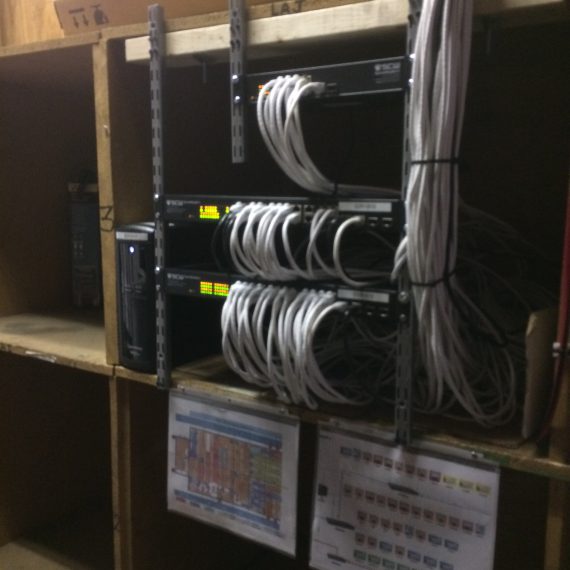Camera Security System
Virginia, Georgia, South Carolina
Short range camera

Long range camera

in the rafters

Outside surveillance

One of the switches with BU unit

Central Hub

About This Project
The industry has transitioned to IP cameras. An Internet Protocol camera, or IP camera, is a type of digital video camera commonly employed for surveillance, and which, unlike analog closed-circuit television (CCTV) cameras, can send and receive data via a computer network and the Internet. Although most cameras that do this are webcams, the term IP camera or netcam is usually applied only to those used for surveillance that can be directly accessed over a network connection.
An IP camera is typically either centralized (requiring a central network video recorder (NVR) to handle the recording, video and alarm management) or decentralized (no NVR needed, as camera can record to any local or remote storage media).
IP cameras are typically available at resolutions from 0.3 (VGA resolution) to 29 megapixels. As in the 21st century, there has been a shift in the consumer TV business towards high-definition (HD) resolutions (e.g. 1080P(Full-HD), 4K resolution (Ultra-HD) and 16:9 widescreen format).1
Not all 1080P security cameras are equal. Many manufacturers use lower quality processor that result in motion blur and compression blur or NVRs that can’t process all the camera feeds they claim. We work with one of the top security surveillance distributors who use higher quality components, and that’s a difference you can see.
We specialize in medium to large warehouse security camera surveillance installations.
1 Wikipedia – IP Cameras
Date
March 2017



No Comments